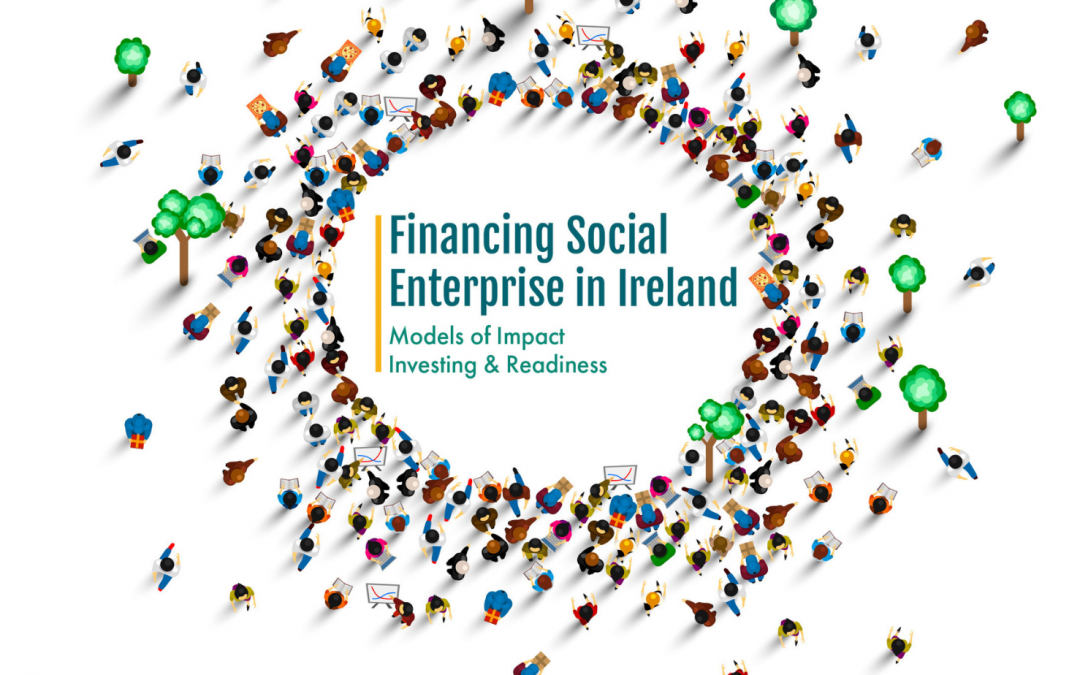Social impact bonds are an innovative financial instrument that puts private funds to work to help solve social problems. It represents a monetary influx for social projects and gives investors an opportunity to support social issues and turn a profit all at the same time. In effect, social impact bonds are proof that social progress can also be financially rewarding.
At its core, social impact bonds have three interest groups: outcome payers, social service providers (usually not-for-profit organisations but can also include purpose-driven businesses), and investors. Social impact bonds are ultimately outcome-based contracts between an “outcome payer” and a purpose-driven organisation that aims to achieve a desired social outcome. A socially motivated investor will then provide the financial capital needed to deliver the service.
The mechanics of a social impact bond at a basic level are quite simple. The investor which is usually a financial institution will provide upfront capital to the chosen service provider who will then deliver services focused on the outcome payer’s chosen social outcome goal. Targets will be agreed between the outcome payer and investor, if these targets are met the investor will be returned their initial investment with a return that increases as the outcome achieved increases. If the targets are not met the investor will not receive the investment back and will essentially make a philanthropic donation. Outcome payers are often government bodies but can also include aid organisations and philanthropic foundations. They work with investors and service providers to set objectives, timelines, and payment levels and will only release funds when specified targets are met.
The design of a social impact bond as outlined above offers the involved interest groups several advantages. In the case of the service provider, they are immediately provided with a large amount of funding to deliver a social service or intervention. This financial boost affords them the flexibility and means to provide their service according to what will achieve the best outcome while also promoting experimentation and innovation. In the case where a philanthropist is involved, they can act as either an investor or outcome payer and benefit in both cases. A philanthropist that acts as an investor has the potential to earn a significant return on investment if outcomes are met which will, in turn, afford them more money for future grant-making ventures. In the instance where a philanthropist assumes the role of an outcome payer, their funding is directly related to targeted outcomes generating focus and dynamism amongst delivery organizations.
Social impact bonds represent a new wave of impact philanthropy tools that have the innovative potential to turn traditional philanthropy and grantmaking on its head. Social impact bonds and their impact to date have proven to have the potential to act as a catalyst for the attraction of private capital to scale the efforts of not-for-profit organizations and purpose-driven businesses.
